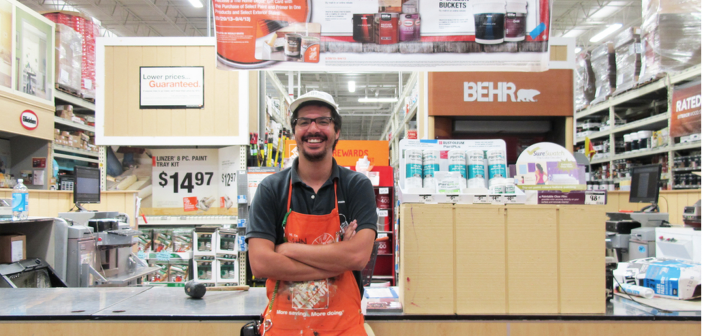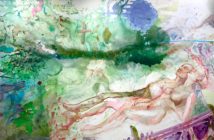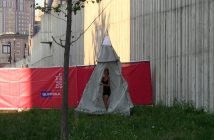John C. Gonzalez works with people. A native of Providence, Rhode Island, his artwork is broadly concerned with systems of labor and collaborative processes of creativity. Positioning himself as an embedded artist within organizations, companies, and exchange relationships, he exposes and opens opportunities for creativity within what are often assumed to be intractable social structures. By working through and with the systems that condition our day-to-day lives, he reveals both the negotiability of the form, content, and output of our occupations as well as the potential for creative expression within daily routines.
Gonzalez's works are founded on an ethic of partnership and collaboration. Often preferring to work with strangers, his collaborative endeavors celebrate and foreground the efficacy and creativity of others, transforming familiar experiences into something new and unfamiliar. In Small Conversations (2011-2013), an ongoing series of collaborative works, Gonzalez spends a month partnering with a person from his community with whom he has no previous relationship to create a new work. Similarly, Installation Box (2012), another series of collaborative sculptures, implicates the collector in the execution and completion of the artwork. A box of standardized materials, identical to the next, is purchased by a collector, only to be assembled into a unique artwork during a visit by the artist to the collector's home where he works with the collector to collaboratively create the sculpture.
Other projects focus on subtle recalibrations of labor dynamics to celebrate and foreground the efficacy and creativity of others. Gonzalez created Family Meal (2013) with Hamilton Alvarez and Jodeson Francisco, staff cooks at the Museum of Fine Arts in Boston. In a one-day performance, Gonzalez invited the cooks to alter the museum menu to include options based on the staff cooks’ family recipes, highlighting social and cultural disparities between the lives of the museum staff and the production of the museum experience for visitors. In Every Artist's Favorite Color (2010) and Self Portrait Project (2011), Gonzalez co-opted the Yuyuan Art Company, an oil painting factory in Dafen, China, to divert the labor of 51 employed artists who normally mass-produce painted reproductions to paint their own self-portraits, in one case, or paint a 4" x 4" canvas only using their favorite color, in the other.
For the 2013 deCordova Biennial, Gonzalez presented Home Depot House (2013)—a shingled house installed on the entrance plaza to the Museum building—as an exploration of occupation and collaboration. In a shift from working with the occupations of others, Gonzalez realized this project through the site of his own employment—Home Depot #4285 in Providence, Rhode Island. Investing in personal relationships with other staff and upper management, he effected and catalyzed a community of creative partners who collaboratively negotiated the donation of materials from Home Depot and built a small house together. Located conceptually at the interstices of art and labor, the project addressed the exchange relationships within Gonzalez’s place of work, producing a relational aesthetic that is integral to the design and construction of the house.
Gonzalez extended this aesthetic, ethos, and intentionality to the institutional structures of deCordova by establishing HDH as a studio for artist residencies. Over a period of six months, Gonzalez and five other local artists selected by Gonzalez, each in turn, contributed to a collaborative activation of the house. Extending the collaboration beyond the walls of the studio, the house had an "open door" policy, inviting visitors to deCordova to stop by the house, talk with the artists, and contribute thoughts and perspectives to the cumulative development of the artists’ residencies.
While physically built at Home Depot and installed at deCordova, Home Depot House’s conceptual foundations were embedded in a negotiation of bureaucratic systems—both of Home Depot as well as deCordova Sculpture Park and Museum. Gonzalez positions himself as a "post-critical" artist, resisting the temptations of institutional critique and opting for a constructive process rather than de-constructive critique. The project mediated a compromise between the needs and wishes of institutions and the individual autonomy of the artist and volunteers with whom he worked. Through compromise with his place of employment (Home Depot) and the site of his commission (deCordova), Gonzalez allowed his process, methods and materials of production to be responsive to the structures which both determined and empowered the collective agency of the project. Home Depot House opened up a middle ground between structuralism and post-structuralism, pointing towards a third way that accepts the social structures which condition much of human agency but embraces the negotiability, mutability and tractability of these structures and the ability of the individual to work through these structures to realize new constructs and possibilities.




